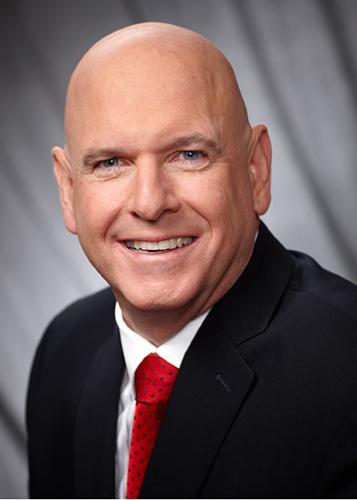[sgmb id=”2″]
The Chief Investment officer (CIO) of CalSTRS, the second largest pension fund in the U.S. said his fund relies more on indexing than active management primarily due to the high fees and sub-par returns

associated with active management for their $192 billion pension fund.
In an interview on Bloomberg TV today (Nov. 29, 2016, at 9:34 am EST), CalSTRS CIO Chris Ailman said the fees from active management found in most mutual funds “do them in” because the high fees directly detract from the net return paid to individual investors. Passively managed mutual funds are more attractive than actively managed funds since active funds have higher fees, expenses and revenue sharing costs that are automatically deducted from returns and are passed down as lower net returns to individual investors.
Ailman is the chief investment officer of CalSTRS, the world’s largest educator-only pension fund, where he oversees an investment portfolio valued at approximately $192.19 billion as of Oct. 31, 2016. Due to the fund’s huge size, it’s portfolio primarily tracks the MSCI cap -weighted index fund, according to the fund’s web site.
All the benefits of indexing compared to active management are detailed in the book, “How 401(k) Fees Destroy Wealth and What Individual Investors Can do To Protect Themselves.” The book notes the following:
— Investment firms pay $9.5 billion in revenue sharing and 12b-1 fees annually to financial firms and representatives, which creates irreconcilable conflicts-of-interest between investors and investment professionals;
–Restraining and managing fees and expenses is the most important factor under investor’s direct control and must be managed for long-term financial success;
–401(k) participants pay about $164 million in fees daily to the financial services industry, according to The Week magazine (April 12, 2012). Even worse, most participants do not even know what services they are paying for or the conflicts-of-interest taint many 401(k) plans.
–There is also an inherent conflict-of-interest between fund companies that sell actively managed mutual funds and index funds since sales people know that he high fees detract from an individual investor’s net portfolio return, but generate a high commission for the salesperson. This fact is often not disclosed to unsuspecting investors.
Calsters CIO Ailman also said index funds are the preferred vehicle for individual investors and even beat ETFs, including smart beta ETFs, in terms of costs and return capabilities. The problem is that actively managed funds don’t deliver the above-index performance of index funds once fees are added to the actively managed returns, he said. 
Regarding hedge funds (which are definitely not product for retail investors), he also noted that the compensation model for hedge funds where investors commonly pay a 2% management fee and 20% of profits is “broken” and “investors are not getting the value added” they deserve from hedge funds.
The book, How 401(k) Fees Destroy Wealth and What Investors Can do To Protect Themselves, is available on Amazon for $15.95 and Kindle for $9.95. It is 259 pages, with six charts, a glossary and over 250 footnotes. ISBN 978-1477657997.











